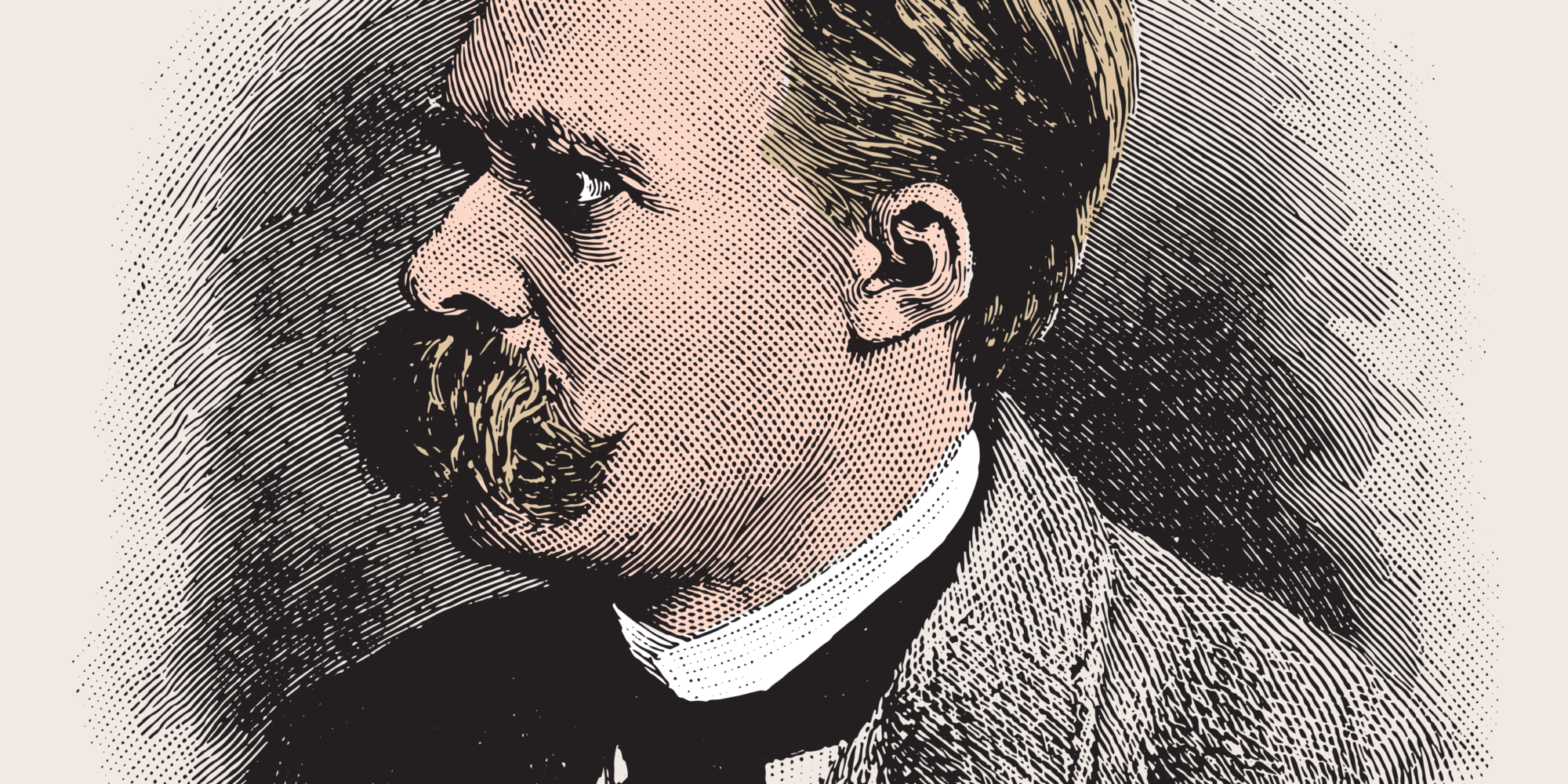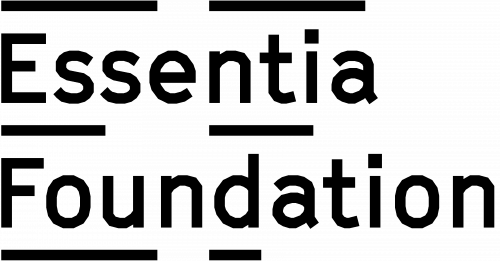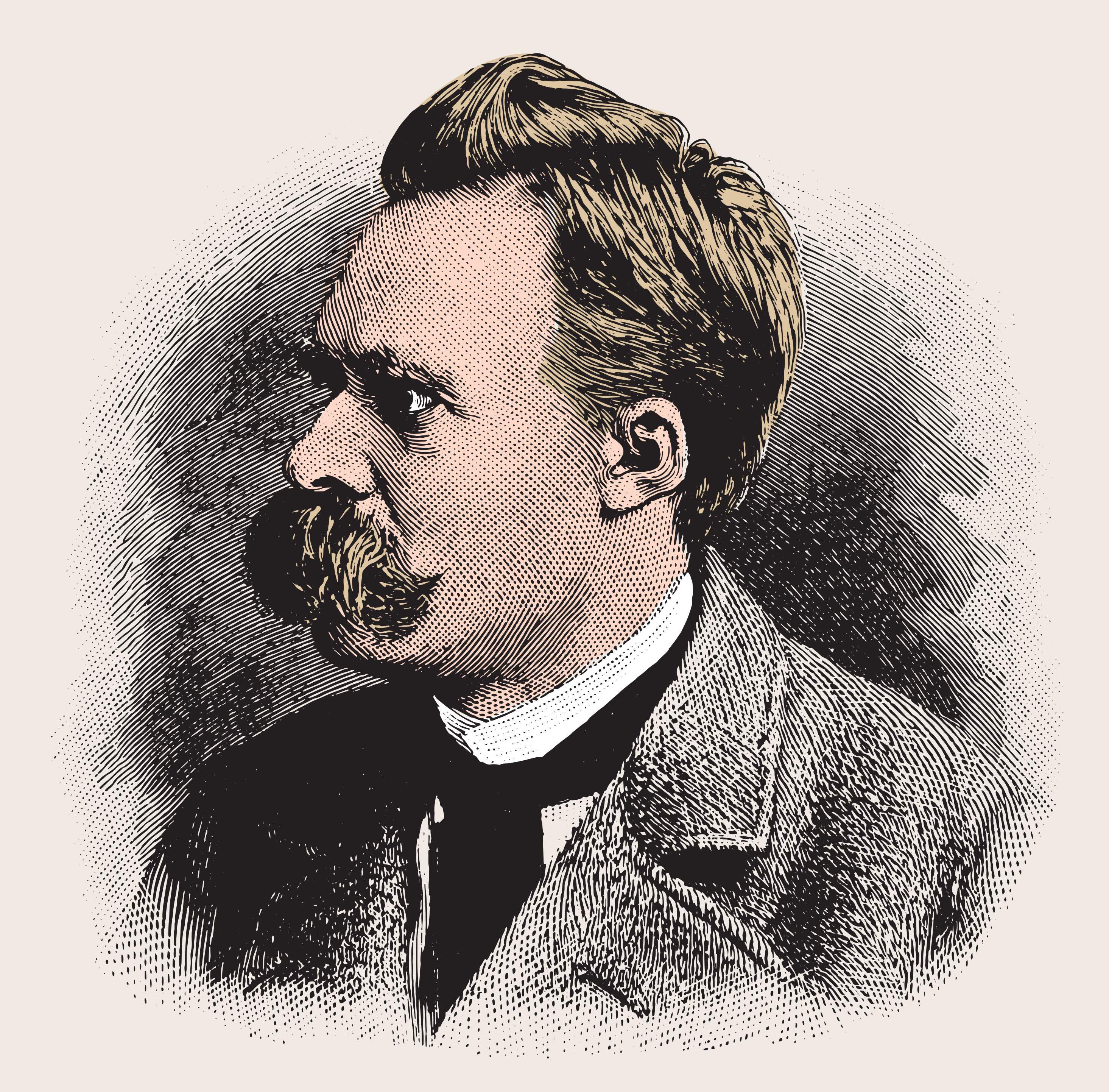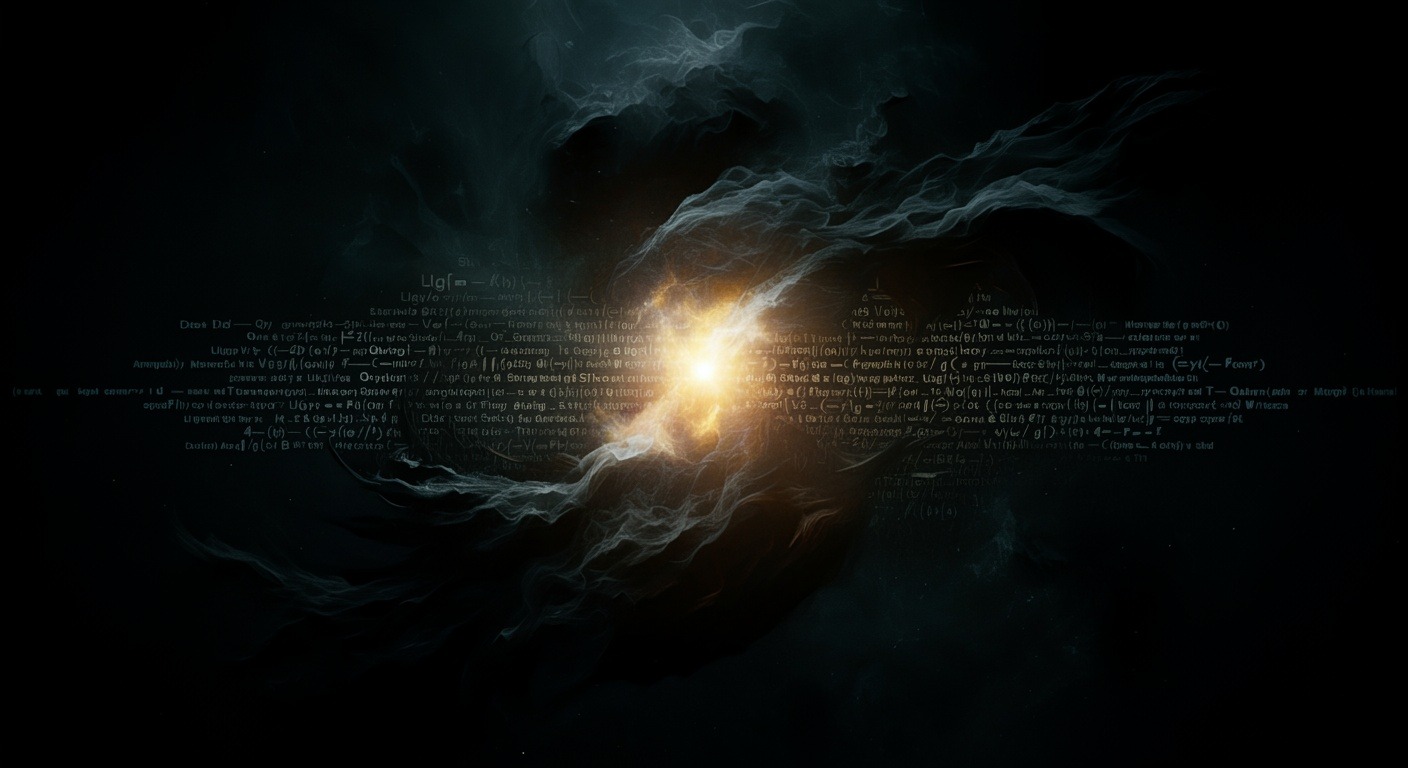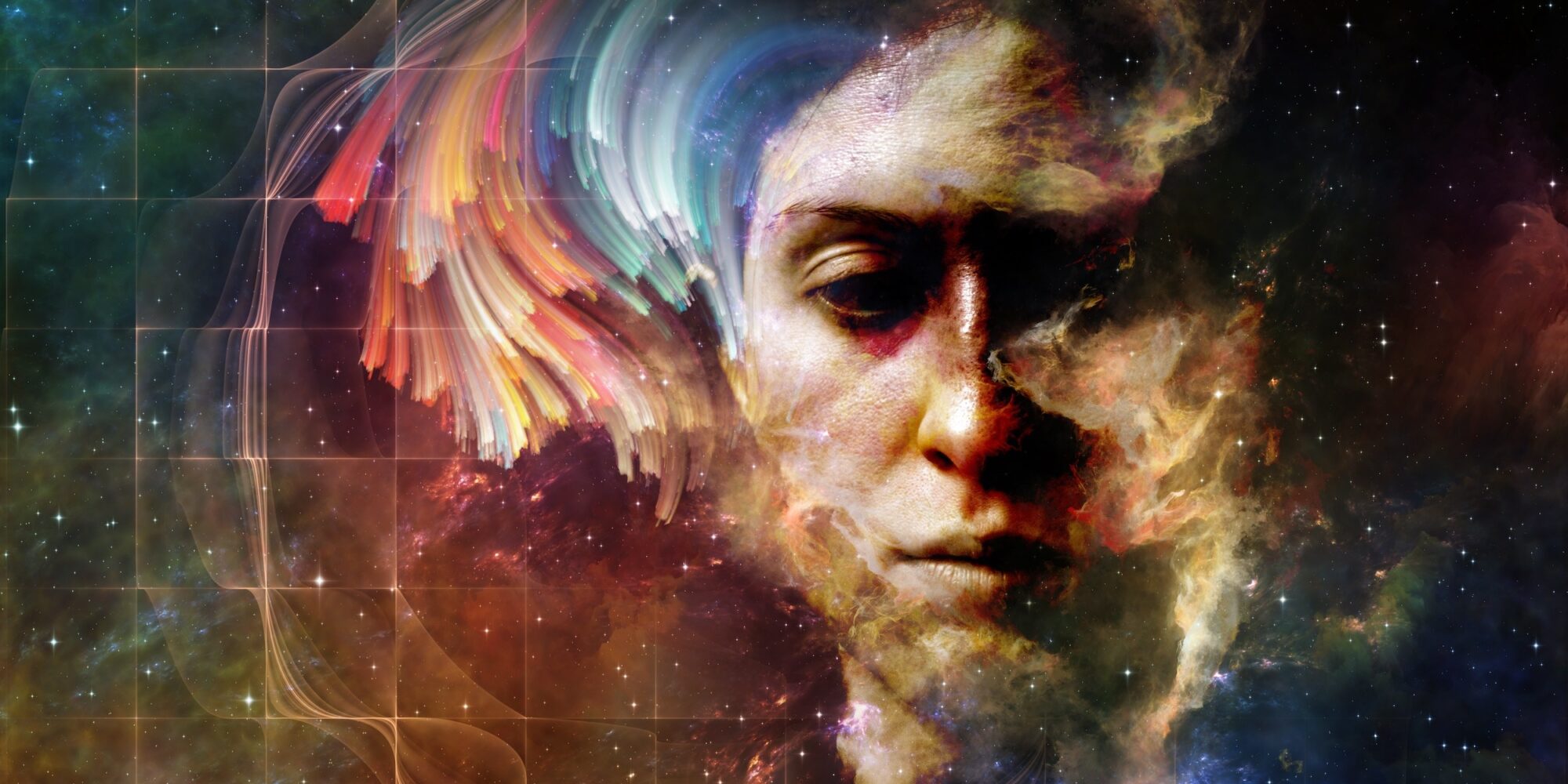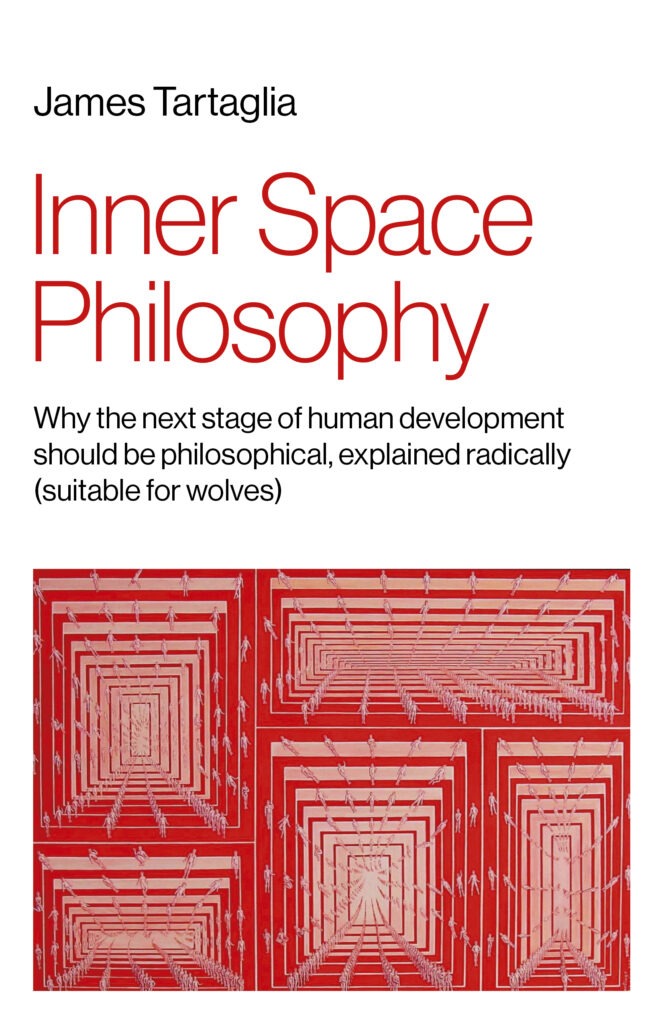In Dona Tartt’s postmodern Gothic masterpiece The Secret History (1992) Richard Papen, a young Californian from a modest background, joins a band of undergraduates studying classics at a prestigious college in Vermont. Richard later discovers that members of the group, led by the formidably intellectual Henry, have managed to raise the ancient Greek god Dionysos, and in a frenzied bacchanalian dash across neighbouring fields, have murdered a local farmer. Bunny, a member of the group excluded from the ritual, finds out the truth and proceeds to blackmail the others. Drawn in by Henry, Richard becomes an accessory to the murder of Bunny, whom the group pushes over a cliff. None of the students is charged with the murders, though Henry later shoots himself dead, having first killed the band’s only female member, Camilla.
For many readers, The Secret History may be their first introduction to Dionysos, the mysterious Olympian deity who seems to be acquiring increasing significance in these times. Tartt, a classics student, is said to have based the novel on Euripides’ play Bacchae, first performed in Athens in about 406 BC—the only ancient Greek drama to feature Dionysos as the main character. The theme of The Secret History, though—the tension between control and chaos—comes from Tartt’s study of Friedrich Nietzsche’s 1872 work The Birth of Tragedy, in which Nietzsche proposes a contradiction between Apollonian and Dionysian influences, that is, between control and chaos respectively. Though some Hellenic scholars rejected Nietzsche’s thesis from the outset, it dominated the twentieth century zeitgeist to the extent that the most terrible wars in history were frequently described as Dionysian.
It is this Nietzschean concept of Dionysos—as an embodiment of the incipient chaos lurking under the veneer of civilization, waiting to explode, and sometimes exploding—that Tartt has taken up in The Secret History. Her theme is, in fact, an endorsement of the foundation myth of industrial society: the view of civilization as a valiant defender holding back the savage beast lurking in every human, which, if not diverted, may burst forth and destroy society itself. As one of Tartt’s characters puts it, “those powerful old forces will mass and strengthen until they are violent enough to break free … often strong enough to sweep the will away entirely” [1].
This view is, of course, a take on Thomas Hobbes’s pronouncement in Leviathan (1651) that life in a state of nature is a war of all against all—solitary, poore, nasty, brutish, and short—a condition of chaos that can, conveniently for the authorities, only be prevented by submission to a sovereign power. Even today this is the vision of reality most people hold, despite the fact that, with the growing chaos in the world in the face of ever tighter control structures, it begins to look suspiciously anaemic. With regard to Tartt’s novel in particular, as Maria Grip has astutely pointed out,
it might not be as simple as saying that control versus chaos is presented in The Secret History. I would instead argue that it is rather the idea of having control that ultimately is the creator of the chaos. From this point of view, chaos is born out of different aspects of control rather than working as an antithesis to it. [2]
In other words, while Tartt’s intention may have been to express the Nietzschean opposition between Apollonian control and Dionysian chaos, what is actually being demonstrated here—albeit inadvertently—is the fact that chaos is the product of the Apollonian lust to control.
Interest in the Dionysian has proliferated in recent times, with hundreds of new books, articles and academic papers appearing on the subject. Edith Hall has pointed out that more Greek tragedy—including Bacchae—has been staged over the past decades than at any other period since classical times. “Translated, adapted, staged, sung, danced, parodied, filmed, enacted,” she has written, it “has proved magnetic to writers and directors searching for new ways in which to pose questions to contemporary society” [3]. The Dionysos featured in these studies and performances, though, is, by and large, not the mad, destructive god of Tartt and Nietzsche. It is the Dionysos whom, among scores of other names, the ancient Greeks called The Undivided: non-death, the nondual, the force of life.
Scholar Carl Kerenyi—who collaborated with Jung on his archetypes theory—was perhaps the first modern to rediscover the full nature of Dionysos. Karenyi was keen to make a distinction between authentic Greek myths and the way these myths had been misused to create modern myths—notably by writers like Nietzsche [4]. On a visit to the ruins of the ancient Greek theatre at Cumae in southern Italy in 1931—almost sixty years after The Birth of Tragedy—Kerenyi had an epiphany. He had already accepted that Dionysos represented wine, ecstasy, and animalism—and theatre—but was also aware that there were more representations of this god in myth, image, and ritual expression than any other divinity in the Greek pantheon. This suggested a central importance beyond the limits of his apparent roles.
Examining the stones of the ancient theatre—how they had been cracked and overgrown by tangled tree-roots, and hemmed in by bushes and vines—Karenyi had a sudden sense that Dionysos was still present. These vines and bushes were in essence the same that had existed here in ancient times, and this essence, he felt, was Dionysos. Or rather, Dionysos was the immanent and transcendent life force of which the trees, vines and everything else—including animals and humans—were manifestations. This, he thought, explained the crucial role of Dionysos in ancient Greek culture: the god, he concluded, was no less than the archetypal image of zoe, indestructible life.
In his book Dionysos: Archetypal Image of Indestructible Life, published years later, Karenyi points out that, although in Latin there is only one word for life—vita—in Ancient Greek there are two: bios and zoe. While bios (as in biology) means finite or individual life, zoe (as in zoology) means infinite or indestructible life. Bios applies to the characterized life of an individual being, which may be summed up in biography, but zoe, being infinite and eternal, cannot be described or summarized: it is, in other words, the ontological primitive. “Since the basis of every individuation is represented by zoe,” Kristof Fenyesi has written, “the core of experience concerning zoe cannot embrace the experience of evanescence or ceasing. Death always happens on the level of bios, individual life, and not on the level of zoe, which serves as a basis for all individual bios.” Death (thanatos) is, in a spiritual sense, zoe’s opposite, so zoe might be referred to as non-death. This is why, as Fenyesi puts it, “the notion of soul, that is psyche, is not associated with bios, but zoe” [5]. To use a familiar analogy from nondualism, zoe is the ocean and bios the waves. The waves are transitory modes of the ocean, distinguishable from it but not separate. Thanatos is a transformation that occurs when the wave dissolves and merges back into the ocean, from which it was never actually separate in the first place.
If, far from being a symbol of chaos, Dionysos was, in fact, as James Hillman has put it, the Soul of Nature [6], how could Nietzsche have got it wrong? And if Dona Tartt really based her Dionysos in The Secret History on Bacchae, what interpretation of that play gave the impression that Dionysos was a quite different entity? “The overcoming of the Nietzschean conception of Dionysos … has now become fact,” wrote Darisusz Karlowicz in 2021, three decades after The Secret History. “The image of a mad, barbaric … god of myth … is being replaced by a picture (much closer to historical reality) of … a god whose action may consolidate order and give peace” [7].
In Bacchae, Dionysos appears in Thebes, disguised as a mortal, accompanied by a band of women followers, the Bacchae. His purpose is to confront the king, Pentheus, who has refused to acknowledge his divinity. Dionysos has already driven the women of Thebes—including Pentheus’s mother, Agave—into a frenzy, causing them to leave their domestic duties and dash off into the mountains to celebrate him in song and dance, becoming maenads, or wild women. Pentheus has Dionysos thrown into jail, but the god escapes effortlessly, causing the royal house to collapse in the process. Dionysos then tempts Pentheus to go and spy on the maenads in the mountains, dressed in female garb. Watching the wild women from a tree, the king is torn to pieces, his unknowing mother Agave being his foremost assailant. Agave brings the remains of Pentheus’s body back, believing it to be that of a lion, and is devastated when she realizes that it is her son.
Many modern scholars have regarded the play as morally ambiguous, and its theme as an unresolved contradiction. What concerns them mostly is the degree of violence and cruelty Dionysos appears to display. Donald Mastronarde has referred to this as a tragic dilemma: “One must both acknowledge Dionysos’s divinity,” he wrote, “and recognize the god’s potential for cruel violence and amoral excess” [8]. The Apollonian view of the Dionysian is the perspective of industrial civilization, in which materialism—the narrative of the left-hemisphere or ego—is dominant, with its individualist and literalist character. In this view, the king—Pentheus—is a hero defending the status quo—the polis—against a foreign religious cult, the acceptance of which is likely to lead to the breakdown of all boundaries, the materialist conception of chaos. As Richard Seaford has pointed out, though, there is no real dilemma here. “If you reject or try to suppress Dionysos, he may cruelly destroy you,” he has written, “and so you should acknowledge him. It is only a dilemma if in acknowledging him there are bad consequences, which there are not” [9].
Seaford has explained that Bacchae is best understood in terms of its context: fourth century BC Athens. This was a precarious time for the Athenian state, deeply enmeshed as it was in the war with Sparta, which would ultimately lead to its downfall. In this milieu, Dionysos—The God Who Comes—appears as a warning against hybris (hubris), the state of ego-exaltation as displayed by Pentheus the turannos (tyrant), whose family has seized control by force. Autocratic, violent, impious, and lacking in self-control, Pentheus proposes slaughtering the maenads as if they were wild animals, despite the fact that they comprise the entire adult female population of the polis, including his own mother. In attemping to exert absolute control over the community—in effect, over nature—Pentheus himself has created the moral vacuum into which his nemesis—Dionysos—is bound to enter. To the Athenian audience, Dionysos would not have been the stranger he appears in Pentheus’s eyes, but the principal of the Eleusinian mysteries, the secret, life-affirming rite-of-passage at the heart of their official religion. Pentheus, though, sees Dionysos only as a threat to his personal power, and rejects his claim to be acknowledged as divine. The violence and apparent cruelty Pentheus and his family suffer as a result of this rejection is symbolic, a graphic representation of their karma, the mental agony that ultimately results from the violation of the sacred. The violent episodes “are not to be taken literally in terms of themselves,” James Hillman has written, “but as horror stories within the entirety of the psychic process” [10].
So again, if the original Dionysis of Greek myth—a Being of Light—is not the fantasy god of Nietzsche and his student, Tartt, where did their idea of the dark Dionysian come from? For the answer, we have to look first to Christianity, which, from its inception as an official religion, regarded the Dionysian cult as its main rival. Dionysos’s messianic nature, as witnessed in Bacchae, as well as many other aspects of the Dionysos myth, are so close to the Christ-story as to suggest syncretism. Christian clipping eventually pared Dionysos down to the devil—complete with goat’s horns—and the Dionysian to the demonic. The Dionysian orgazein—the sacred celebration of zoe in song and dance—became, in Christian hype, the orgy, a profane party involving drunkenness and sexual licence. This trope—James Hillman calls it black maenadism—emerges in late medieval Europe as the witches’ sabbath: it is in precisely these terms that Pentheus imagines the behaviour of the maenads in Bacchae. In the play, though, there is no evidence that the wild women do more than abandon their domestic tasks and celebrate Dionysos with music and dancing. The carnal frenzy Tartt’s characters invoke in The Secret History is closer to black maenadism than to its authentic counterpart, and her Dionysos is closer to the Christian devil.
The second aspect of the Nietzschean Dionysos-as-Chaos story is a case of mistaken identity. Nineteenth-century “notions of Dionysos come principally from scholars working in … German,” Hillman wrote, “Dionysos is conflated with Wotan and the fear of Dionysos is confounded with justifiable dread from that primordial German shadow, Wotan. Dionysian … consciousness is distorted by the Wotanic perspective” [11]. Noting that Wotan stands for devils, pagan distractions, and destruction of culture, Hillman also records that Jung himself was aware of the tendency to conflate Dionysos with Wotan. “In Nietzsche’s biography,” Jung wrote, “you will find irreducible proof that the god he meant was really Wotan, but … he called him Dionysos” [12]. It is not Dionysos, but Wotan, the dominating, aggressive, all-masculine warrior-god, with his ego-exulting, Apollonian aspect—hybris—who actually characterizes the great and terrible wars and genocides of the twentieth century.
If Dionysos appeared in person in the Athenian psyche—that is, for the first time as the main character in a public drama—at such a perilous period in Athenian history, is it a coincidence that he has appeared at a parallel time in ours? Historians of the theatre, such as Edith Hall, date the epiphany of Dionysos in the modern age to Dionysos in ‘69, an adaptation of Bacchae staged in New York in 1968, said to be the first ever public performance of Euripides’ play in America. Ironically, or perhaps intentionally, this was the same historical moment when Dionysos’s Nietzschean rival, Apollo, reached his modern apotheosis in the Apollo 11 moon-landing (July 1969) —for some, the never-to-be-repeated apex of industrial civilization.
If the peak of anything is the moment in which its antithesis appears, we may be at the beginning of an age that is truly Dionysian. Drawing on the work of Karenyi and others, James Hillman has pointed to Dionysos as the archetype of a rejuvenated nondualist paradigm. The Apollonian weltanschauung (worldview), with its dismemberment of wholeness into separate objects, its war-mentality, its warrior-hero cult, its misogyny, and its ever-more-drastic attempts to control and exploit nature, has inevitably led to the current meta-crisis—that is, to world chaos. “What we have been calling consciousness all these years,” Hillman has written, “is really the Apollonian mode as hardened by the hero into a strong ego and which has predetermined the Dionysian in terms of its own bias” [13]—i.e., as chaos.
The Dionysos of Bacchae comes not to drive people insane—as Pentheus sees it—but with the shocking revelation that those who reject the nondual Dionysian consciousness are more mad than those who accept it. The frenzy of the god’s maenad celebrants is not, as Tartt has it in The Secret History, a homicidal insanity fuelled by drugs and sex, but the ecstasy of liberation from the madness of a life that has severed them from nature, the divine, and their own spirit. “The faithful of … Dionysus seek contact with those forces which animate both the infrahuman and suprahuman,” Alain Danielou writes in his book Gods of Love and Ecstasy, “and lead to a refusal of the politics, ambitions and limitations of ordinary social life. This does not involve simply a recognition of world harmony, but also an active participation in an experience which surpasses and upsets the order of material life” [14]. Upsetting the order of material life, from the Apollonian point of view, is chaos. From the Dionysian side, though, it is awakening to zoe: to the knowledge that there is, in fact, a higher and more potent order than that imposed by tyrants.
Dionysos is not a warrior hero of the Apollonian type. Appearing even in Bacchae as an effeminate male, he is mostly a god of women. Though his main task is to liberate the feminine, this implies more than the emancipation of the female sex. It means freedom for what Hillman has called the psychological feminine, including the feminine aspect of men—the anima—which has for too long cowered under the Apollonian shadow. It is surely the application of Wotanic-Apollonian traits of aggression, and lust for power—the psychological masculine—that have brought about the current chaos. Susan Rowland, author of Remembering Dionysos, has suggested that Dionysos might be considered a masculine form of the Earth Mother. While the Earth goddess is regarded as feminine in that she is the mother of all things, Rowland says, she is actually undivided into the binary of male and female: she is potentially both but effectively neither. As a goddess, she is not the exclusive property of women: she belongs to all. In a similar way, Dionysos, though regarded as masculine, contains much of the Earth Mother within his being, and possesses a fluidity that could be construed as combining both genders [15]. It is perhaps in this sense that the ancient Greeks regarded Dionysos as The Undivided—the archetype of the web of connectedness, of zoe, through whom the essential nonduality of consciousness can be expressed [16].
Biblography
Anthony, Maggy. Women and Dionysus: Appearances & Exile in History, Culture, and Myth, 2021.
Barzini, Luigi. Mystery Cults, Theatre and Athenian Politics: A Reading of Euripides Bacchae and Aristophanes, The Frogs, 2021.
Bramshaw, Viki. Dionysos, Exciter to Frenzy: A Study of the God Dionysos, History, Myth & Lore, 2013.
Carpenter, Thomas H. & Faraone, Christopher A. Eds. Masks of Dionysos, 1992.
Danielou, Alain. Gods of Love & Ecstasy: The Traditions of Dionysos & Shiva, 1979.
de la Fuente, David Hernández. Parallels between Dionysos and Christ in Late Antiquity: Miraculous Healings in Nonnus’ Dionysiaca, 2015.
Detienne, Marcel. Dionysos at Large. Trans. Arthur Goldhammer, 1989.
Dodds, E.R. The Greeks & the Irrational, 1962.
Dorozewski, Filip & Karlowicz, Darius. Eds. Dionysos & Politics: Power and Authority in the Graeco-Roman World, 2012.
Euripides. Bacchae, Translated, Introduced, with a Commentary by Richard Seaford, 1996.
Fenyvesi, Kristof. Dionysian Biopolitics: Karl Karenyi’s Concept of Indestructible Life. Comparative Philosophy, vol. 5, no. 2, 2014.
Fischer-Lichte, Erika. Dionysos Resurrected: Performances of Euripides’ The Bacchae in a Globalizing World, 2014.
Grip, Maria. Aspects of Control in Dona Tartt’s The Secret History, Degree Thesis, Lund University Centre for Language and Literature Studies, 2018.
Hall, Edith, Macintosh, Fiona & Wrigley, Amanda. Eds. Dionysus Since ‘69: Greek Tragedy at the Dawn of the Third Millennium, 2004.
Hillman, James. The Myth of Analysis: Three Essays in Archetypal Psychology, 1998.
Karenyi, Karl. Dionysos, Archetypal Image of Indestructible Life, 1976.
Nietzsche, Freidrich. The Birth of Tragedy in the Spirit of Music, 1872.
Odorisio, Daniel M. Dionysos in Depth: Mystes, Madness & Method in James Hillman’s Revisioning of Psychology, in Depth Psychology & Mysticism, eds. T. Cairon & Daniel M. Odorisio, 2018.
Otto, Walter F. Dionysos, Myth & Cult, 1965.
Perris, Simon. The Gentle, Jealous God: Reading Euripides Bacchae in English, 2016.
Rowland, Susan. Remembering Dionysos: Revisioning Psychology & Literature in C.G. Jung & James Hillman, 2017.
Rowland, Susan. Youtube Interview, Dionysus: Revisioning Psychology & Literature in Jung & Hillman—Susan Rowland, Earth Climate Dreams (youtube.com).
Seaford, Richard. Dionysos, 2006.
Taxidou. Dionysos and Divine Violence: A Reading of The Bacchae, in Journal of Literature and Trauma Studies, vol. 1, no. 1, 2012.
Taylor-Perry, Rosemarie. The God Who Comes: Dionysian Mysteries Revisited, 2003.
Citations
- Tartt, Secret History, 40-41.
- Grip, Control in Secret History, 2.
- Hall, Dionysos since ‘69, p. 2.
- Fenyvesi, Biopolitics, p. 3.
- Ibid.
- Hillman, Myth of Analysis, p. 269.
- Dorozewski & Karlowicz, Dionysos & Politics, p. 3.
- Seaford, in Dorozewski & Karlowicz, Dionysos & Politics, p. 36.
- Ibid.
- Hillman, Myth, p. 278.
- Ibid., p. 268.
- Ibid., p. 267.
- Ibid., p. 290.
- Danielou, Gods, p. 24.
- Rowland, Dionysus: Revisioning Psychology & Literature in Jung & Hillman—Susan Rowland, Earth Climate Dreams (youtube.com).
- Rowland, Remembering, p. 174.
![]() A. A. Adedire, BSc, BA | 2024-09-29
A. A. Adedire, BSc, BA | 2024-09-29